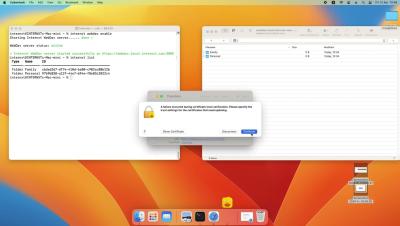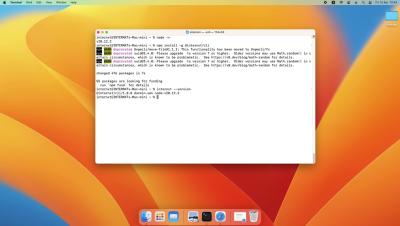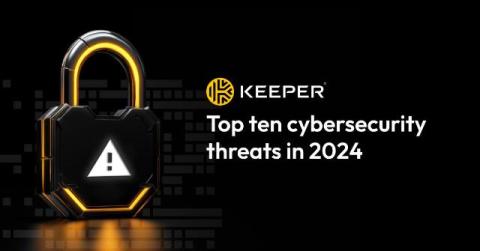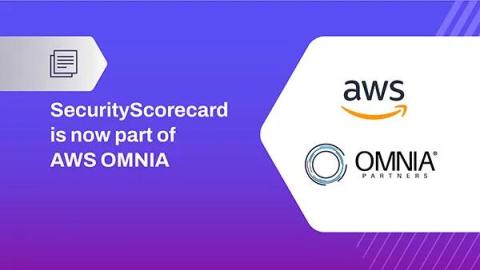How to upload Internxt Drive files to WebDAV
This short tutorial shows you how to upload your Internxt Drive files to your preferred WebDAV server via the Internxt CLI to ensure your files are securely transferred and accessible. Now you are set up with the Internxt CLI and have connected to a WebDAV server, and you’re ready to get started and upload your files to WebDAV! This short video gives a quick, easy-to-follow guideline for uploading files to a WebDAV server. Uploading files is just the beginning of what you can do with WebDAV, and the Internxt CLI allows you to.











